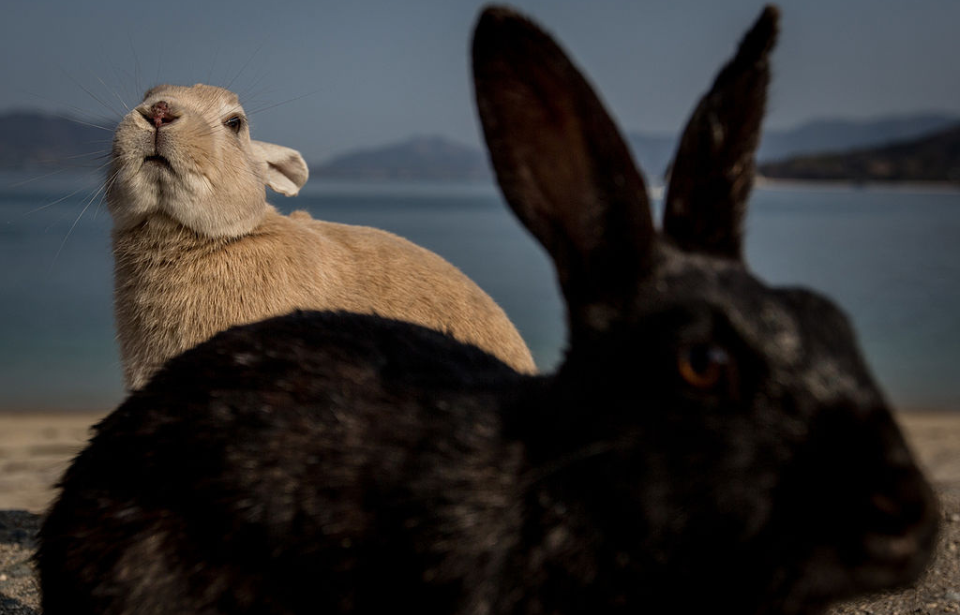Located in the Inland Sea is the unassuming island of Ōkunoshima. Surrounded by the Hiroshima Prefecture on each side, it has a growing tourist industry, with many visiting to catch a glimpse of the isle’s feral rabbit population. In fact, that’s how its cute nickname came about: Rabbit Island.
While adorable, the small mammals hide the location’s less-than-kind history, which saw it produce several thousand tons of poison gas over the course of the Second World War.
Ōkunoshima was once home to fishermen
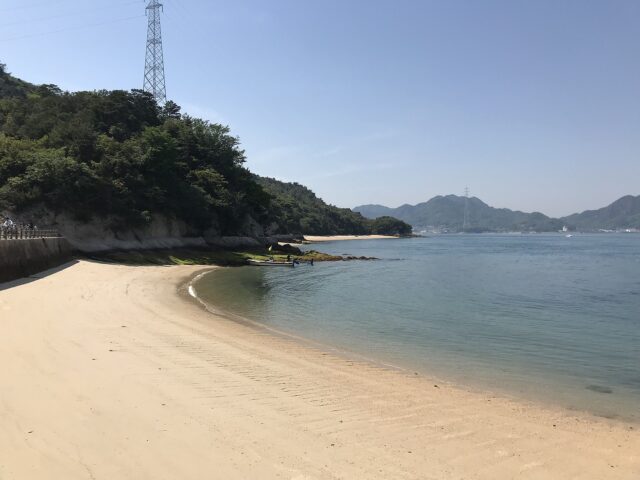
Prior to the Imperial Japanese Army taking over control of Ōkunoshima, the island had a thriving fishing industry. A number of families lived there, with their livelihoods centered around the abundance of fish that swam in the waters surrounding the isle.
Russo-Japanese War
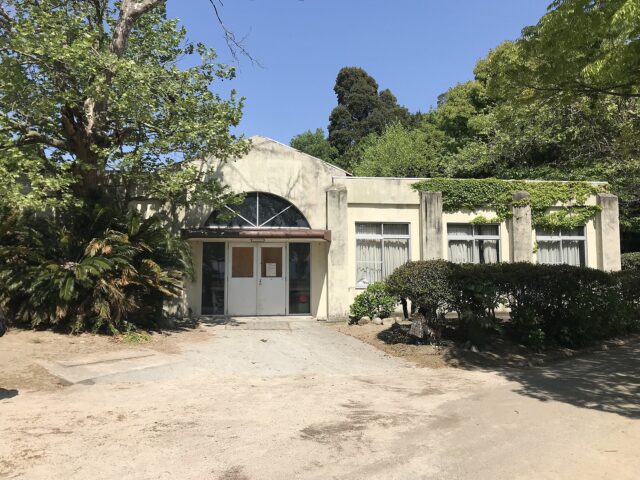
Things changed when the Russo-Japanese War broke out in 1904. Wanting to stop Russia from expanding further into Asia, the Japanese fought for control of Manchuria and Korea. To ensure Ōkunoshima was adequately protected, 10 military forts were constructed.
Development of a secret weapons program
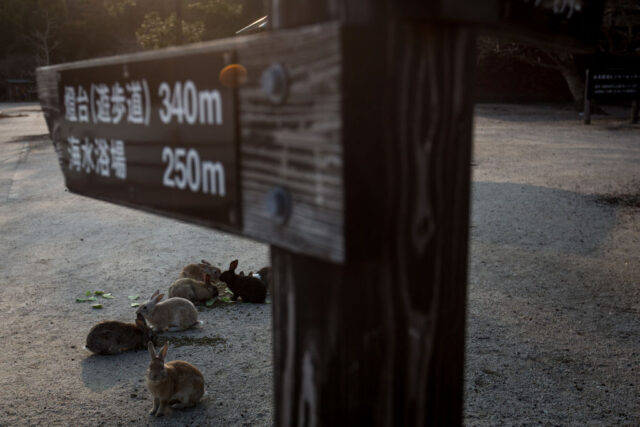
Despite having signed the 1925 Geneva Protocol, which forbids the use of chemical weapons in war, the Imperial Japanese Army Institute of Science and Technology began a secret project based on research that showed both the United States and various European countries were developing such weaponry.
Since the treaty didn’t outright ban the development and stockpiling of chemical weapons – just their use – Japan decided to do the same.
Constructing a munitions plant on Ōkunoshima
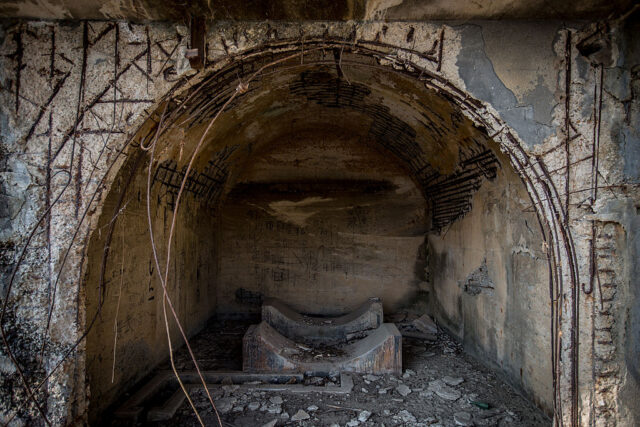
Ōkunoshima was chosen as the ideal location to erect a chemical munitions plant. While it was close enough to the mainland to be easily accessible, it was isolated enough to make sure any unusual goings-on were kept secret.
The facility was constructed between 1925-27, and both the residents of Ōkunoshima and potential employees were kept in the dark as to its purpose.
Production of chemical weapons
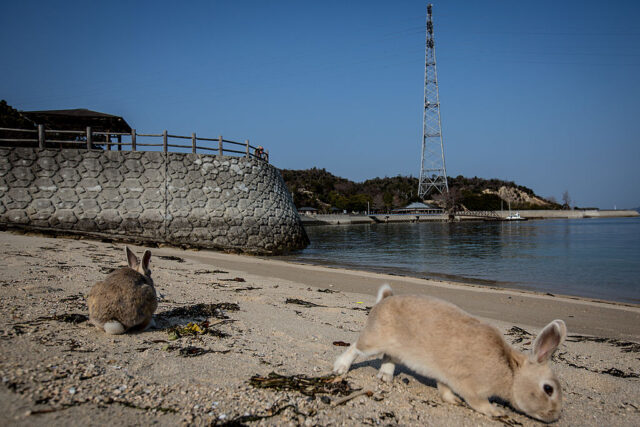
Believed to be the only munitions factory of its type in Japan, the site produced 6,000 tons of mustard and tear gas over the course of the Second World War. The gas was then transported to an arms factory in Kokura, where it was placed in artillery shells.
According to workers, the conditions on Ōkunoshima were harsh, and little was done to ensure their safety. They were told to remain quiet after the war and it took decades for the government to provide financial aid for any medical treatment needed in relation to their work.
Use against Chinese civilians and soldiers
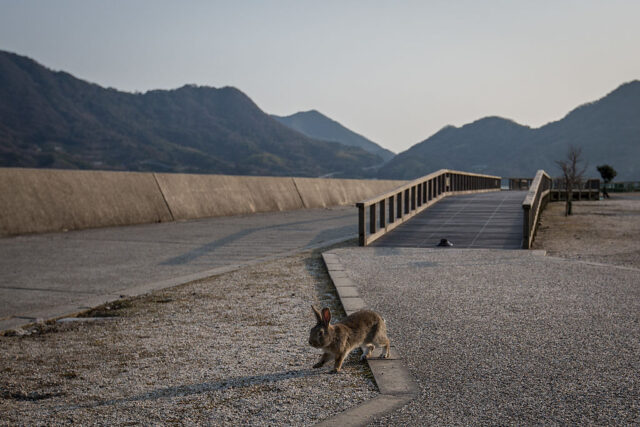
The majority of the gas produced on Ōkunoshima was used in Japan’s war against China. According to reports, it was used 2,000 times against Chinese civilians and soldiers, with upwards of 80,000 perishing as a result.
It’s speculated the gas was never used against the US because President Franklin D. Roosevelt warned of retaliation.
Leaving a mess to clean up
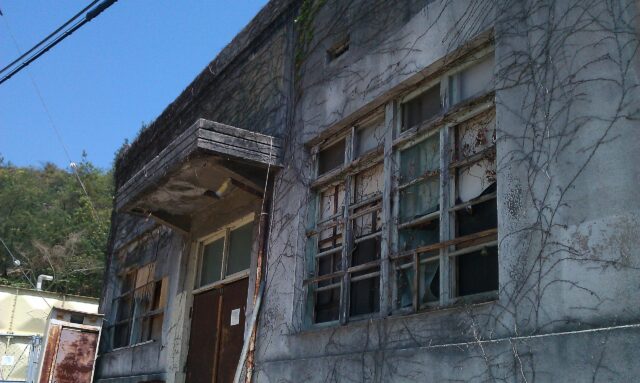
At the end of the conflict, the Japanese left behind munitions dumps throughout China, with the total amount believed to be around two million shells. It took decades for Japan to confirm this. In 1995, the government agreed to clean up the sites.
Dumping the gas into the sea
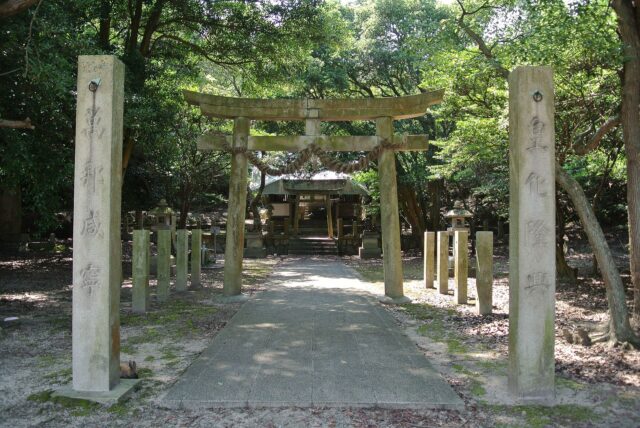
After Japan surrendered to the Allies, the Occupation Forces arrived on Ōkunoshima and began dumping the remaining gas into the Inland Sea. According to reports, nearly 5,000 tons were dumped.
Ōkunoshima Poison Gas Museum
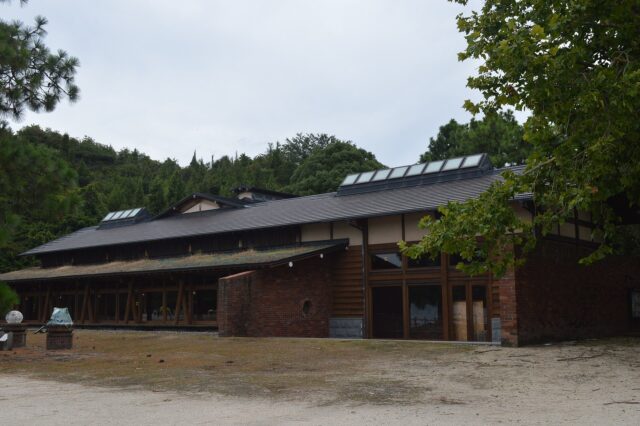
In 1988, the Ōkunoshima Poison Gas Museum opened, to “alert as many people as possible to the dreadful truths about poison gas.” Consisting of two rooms, the facility provides an overview of the factory‘s construction and the health effects of gas on the human population.
The families of those who’d worked on the island also donated artifacts.
Structures in ruin
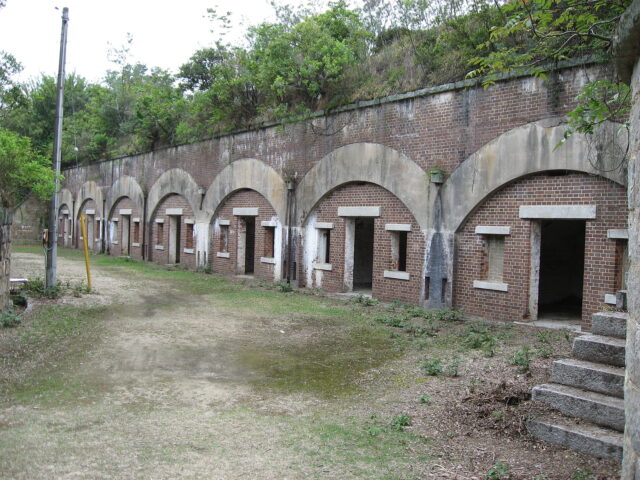
Today, the remnants of the chemical weapons factory and old forts have been left in ruin, with entry forbidden due to safety risks. That being said, those visiting the island can hike various walking trails, stay at campsites and visit the museum.
How did rabbits come to inhabit Ōkunoshima?
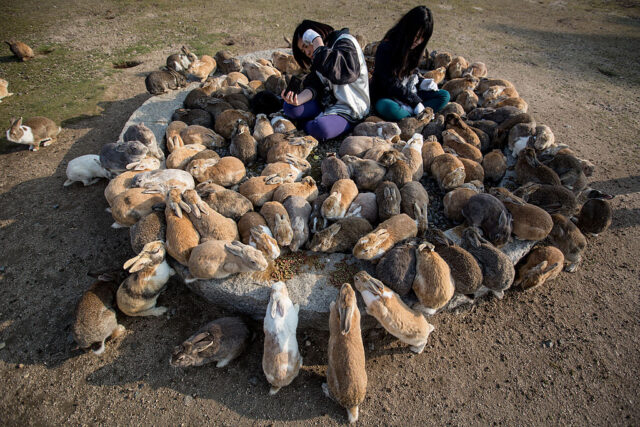
While Ōkunoshima’s history is of interest to those who study the Second World War, the wider appeal of the island relates to its population of feral rabbits, which aren’t afraid of humans. Rumors have been spread about their origins, with the most trusted story being that, in 1971, school children released eight during a trip.
Some have speculated they were test subjects for the chemical weapons, but this has been proven false.
A growing population

More from us: The Abandoned Porte des Lilas Métro Station Is Hidden Away and Frozen in Time
Hunting of the rabbits is prohibited, and they have no natural predators on the island, leading to a robust population of around 1,000. Despite a prohibition against feeding them, tourists still do. This, however, is detrimental to the animals’ health, leading to a shortened lifespan.
